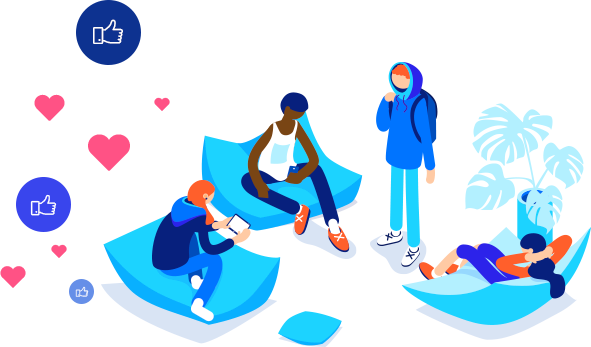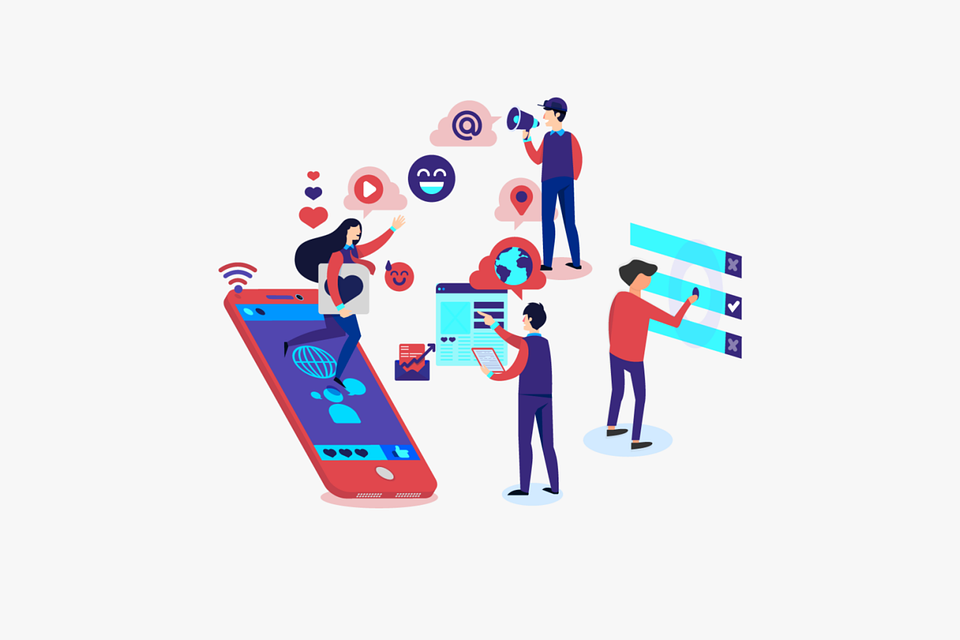CHATGPT is designed to learn from vast amounts of text data and understand the nuances of human language, allowing it to generate coherent and contextually appropriate responses. It can be used for a wide range of applications, including natural language processing, conversational AI, and content creation.
Meet the employees that use AI bots to handle numerous full-time tasks, and whose employers have no idea (ChatGPT does 80% of my job)
The development of chatbots that are capable of carrying out a variety of functions has been facilitated in recent years by the development of artificial intelligence (AI). One such chatbot, called ChatGPT, is becoming more and more well-liked among employees wishing to work numerous full-time jobs.
These employees see themselves as being “overemployed” because the tool enables them to fulfil the workload for each function in at least half the time. The majority of the work they do requires some writing, such as producing marketing materials, and the chatbot has shown to be surprisingly good at it.


These employees have been able to boost their income and improve their work-life balance thanks to the use of ChatGPT. As some businesses forbid the use of third-party technologies to carry out work obligations, there are worries that this practise may be viewed as unethical or even unlawful.
It is obvious that AI is transforming the way we work, even though the use of chatbots like ChatGPT may create ethical concerns. Employers and employees should think carefully about the potential advantages and risks of utilising AI-powered technologies in the workplace as technology continues to advance.

"ChatGPT: Using AI-Powered Chatbots to Revolutionise the Way We Work"
WHAT IS CHATGPT?
ChatGPT is an advanced language model developed by OpenAI, based on the GPT (Generative Pre-trained Transformer) architecture. It is designed to generate human-like responses to text-based input, which means that it can have conversations with humans or write text on a wide range of topics.
The GPT architecture is a deep learning algorithm that is trained on vast amounts of data using unsupervised learning. In the case of ChatGPT, it has been trained on a massive corpus of text from the internet and various other sources. This training process enables the model to develop a deep understanding of language, grammar, and syntax, allowing it to generate responses that are often indistinguishable from those of a human.
ChatGPT is built on top of the latest advancements in natural language processing (NLP) and artificial intelligence (AI), and it is continually updated and improved by OpenAI’s team of researchers and engineers. This ongoing development ensures that ChatGPT remains at the forefront of language processing technology, providing users with a reliable and high-quality tool for generating text.
One of the most impressive features of ChatGPT is its ability to generate text that is contextually relevant and coherent. This means that the model can understand the broader context of a conversation or piece of text and generate responses that make sense within that context. It can also generate responses that are consistent with the tone and style of the input, which can help to create a more natural and engaging conversation.
ChatGPT is used in a variety of applications, including chatbots, virtual assistants, and language translation tools. It has also been used in creative applications, such as generating text for marketing campaigns, social media posts, and even poetry.
Overall, ChatGPT represents a significant step forward in the development of language processing technology. Its ability to generate human-like responses to text-based input has the potential to revolutionize the way we interact with computers, making it easier and more natural to communicate with machines.
Overall, ChatGPT represents a major leap forward in AI language technology and has the potential to revolutionize the way we interact with computers and the internet.
WHAT IS GPT-4?
As of my knowledge cutoff date of September 2021, there is currently no official information or confirmation from OpenAI about the development of GPT-4. GPT-3, the latest version of the Generative Pre-trained Transformer (GPT) series, was released in 2020 and has been widely used in natural language processing applications. It’s possible that OpenAI is currently working on GPT-4 or a future iteration of the GPT series, but any information about it would be speculative at this point.
As the AI-powered chatbot ChatGPT continues to revolutionize the way we work, there have been concerns about its impact on human employment. While some tech leaders, including Elon Musk, Steve Wozniak, and Stephen Hawking, have expressed concerns about the risks of rapid advancements in AI, others like Bill Gates and Sundar Pichai believe that AI is the most important innovation of our time and has the potential to solve some of the world’s biggest challenges.
For some workers, ChatGPT has become an indispensable tool that allows them to take on multiple jobs simultaneously, without compromising on quality or efficiency. For instance, a software engineer is reportedly making over $500,000 by using ChatGPT to write code and business memos for two different jobs. He has even expressed his desire to find a way for a third party to mimic his voice and image so that they can use ChatGPT to “do his job for him.”
Aside from writing code and business memos, workers are also using ChatGPT to write professional-sounding emails, especially if they feel that their writing skills are not up to par with others. While the rise of AI-powered tools like ChatGPT may be disruptive to some industries and occupations, it has also opened up new possibilities for workers who are looking to maximize their productivity and earnings.


